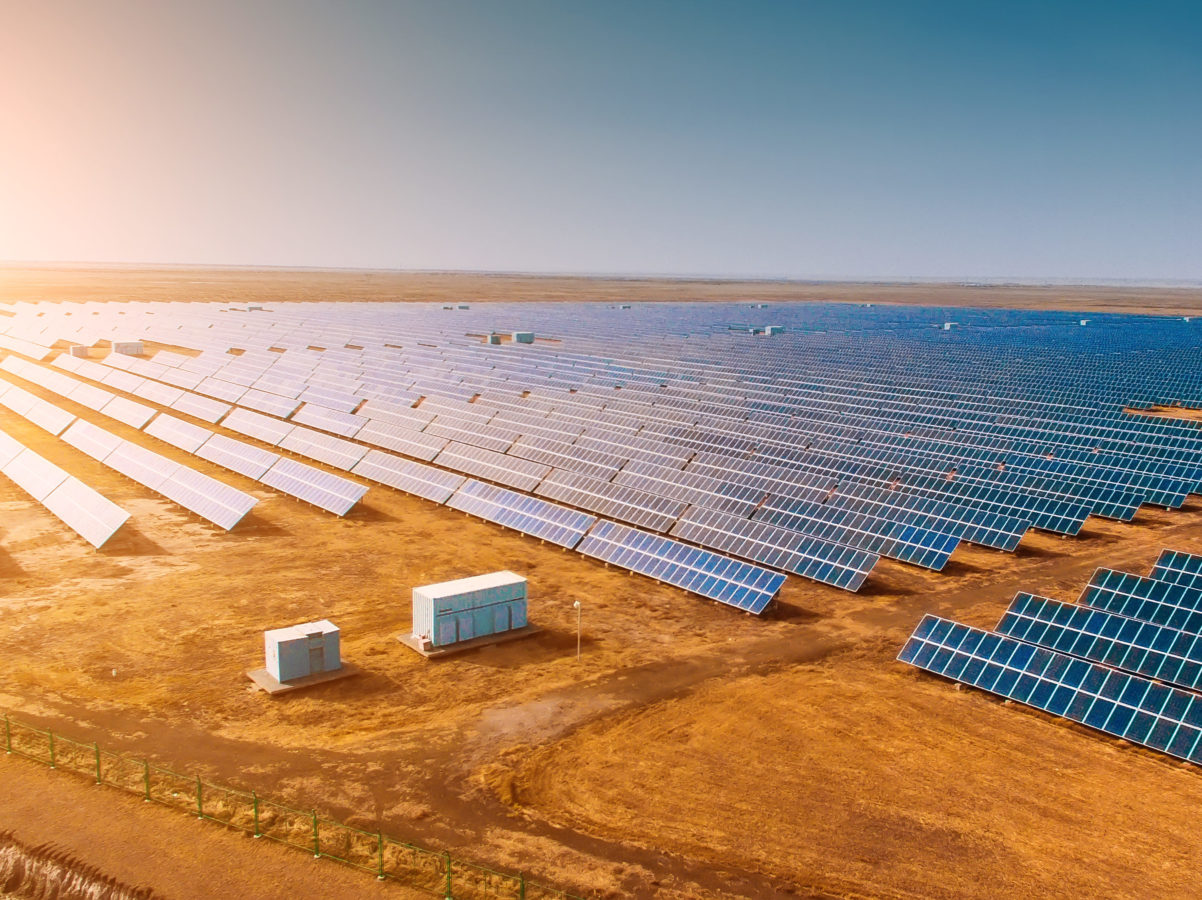
Municipal utilities have the reputation of being dedicated to the customer and dedicated they are, especially when it comes to meeting customers’ desires for sustainability.
Municipal utilities and cooperatives like Georgetown Utilities (TX), the City of Austin, the City of Palo Alto and JEA are going beyond fossil fuels to bring more renewables into their portfolios. Beyond providing cleaner forms of energy, a boost in renewables also means lower costs. Still, there are risks. On their own, most municipals don’t have the capabilities to accurately assess exposure or hedge risks associated with renewable resources.
To get to a cleaner generation mix, municipals may choose to build their own solar and wind farms, purchase from a renewable developer (EDF Renewables, NextEra Renewables, etc.) or buy from traditional sources like public authorities. Build-your-own typically requires lots of municipals to band together to finance development. Although public power authorities may offer clean power, a diligent municipal will compare authorities’ offers with what is available from developers. The municipal can purchase power from wind or solar farms connected to the utility’s grid using a purchase power agreement (PPA). Another alternative is to buy from a source outside their grid through a virtual power purchase agreement (vPPA).
The vPPA concept is relatively new and complex. The buyer and seller agree to a fair price for renewable production over a specific time period, say 5 years. The seller does not deliver the electricity directly to the buyer but “sells” production on the wholesale market. If the wholesale market price is higher than the agreed-to price, then the buyer gets paid the difference. If the wholesale price is lower, then the buyer must pay the seller the difference. This reconciliation happens on a monthly basis.
Here is where the risk comes in. Renewables are intermittent (sun doesn’t shine and wind doesn’t blow all the time) and production depends a lot on location. For example, a solar farm in Arizona produces more than one in New York. Then, there is volatility depending on the hours when cloud cover occurs during the day. The risk comes when the wholesale price is low, but solar production is high. In this case, the buyer must pay the seller the difference between a low wholesale price and a higher contract price. An uninformed buyer will be exposed to unexpected losses.
Analytics help to mitigate that risk. Buyers can turn to data to assess their potential exposure before entering into a contract. To get a complete picture, buyers need to be able to predict 1) what the hourly renewable production will be and 2) what the real-time wholesale market price is likely to be at the location and hour. Models like NREL’s System Advisor model can be used to forecast production. In the case of solar, that means hourly historical radiance data for the solar farm location.
The method for forecasting the real-time wholesale market price of electricity is well-established but more complex than predicting production. Monte Carlo simulations are used to simulate hourly generation and market prices scenarios. Futures prices can help identify the which scenarios are more likely. Additional modelling is done to create location-specific price attributes to identify value and risk over the term of the contract.
Municipals are not the only companies facing risk. Investor-owned utilities and corporations are also entering renewable PPAs. The difference is that IOUs and corporations often trade energy in physical and financial markets and have sophisticated risk management capabilities. But there are many publicly owned utilities that lack the resources to go beyond limited spreadsheet models, putting them at a disadvantage when assessing deals. The sellers often have their own analytic models to demonstrate value, but its best to “analyze your own.”
It’s a good thing that municipal utilities are pursuing cleaner energy. But it is also good to follow the mantra “Buyer Beware”.














